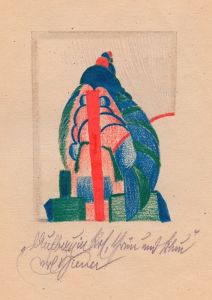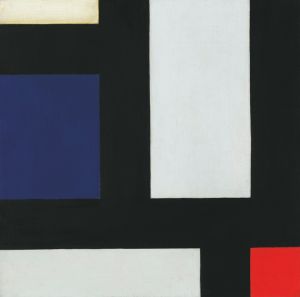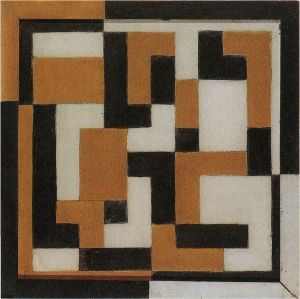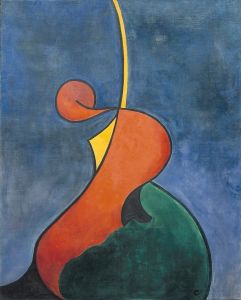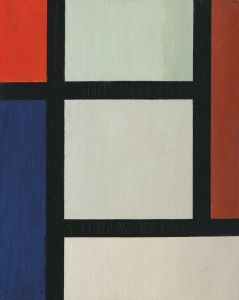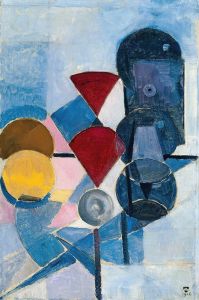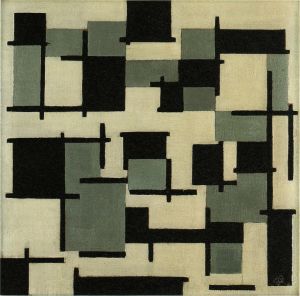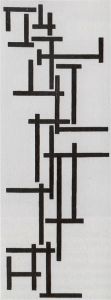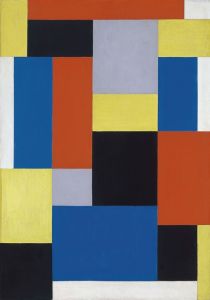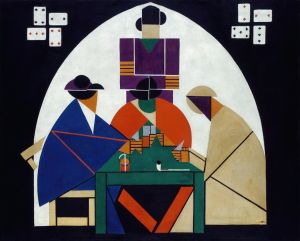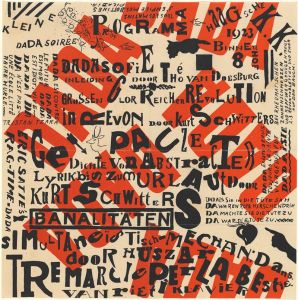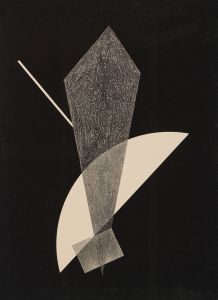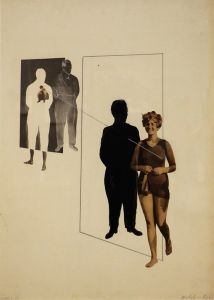
Design for Poster
A hand-painted replica of Theo van Doesburg’s masterpiece Design for Poster, meticulously crafted by professional artists to capture the true essence of the original. Each piece is created with museum-quality canvas and rare mineral pigments, carefully painted by experienced artists with delicate brushstrokes and rich, layered colors to perfectly recreate the texture of the original artwork. Unlike machine-printed reproductions, this hand-painted version brings the painting to life, infused with the artist’s emotions and skill in every stroke. Whether for personal collection or home decoration, it instantly elevates the artistic atmosphere of any space.
Theo van Doesburg was a prominent Dutch artist, architect, and writer, best known as one of the leading figures of the De Stijl movement, which he co-founded with Piet Mondrian. The De Stijl movement, also known as Neoplasticism, was characterized by an abstract, minimalist aesthetic that emphasized geometric forms and primary colors. Van Doesburg's work in various mediums, including painting, architecture, and graphic design, was influential in shaping modernist art and design in the early 20th century.
"Design for Poster" by Theo van Doesburg is one of his notable works in the realm of graphic design. Although specific details about this particular piece are limited, it is representative of van Doesburg's approach to design and his contributions to the De Stijl movement. Van Doesburg's graphic designs often incorporated the movement's principles, focusing on clarity, order, and the use of basic geometric shapes and primary colors.
In his graphic works, van Doesburg sought to create a visual language that was universal and harmonious. This was in line with the broader goals of the De Stijl movement, which aimed to transcend individual expression and achieve a form of art that was objective and rational. The movement's artists believed that such an approach could contribute to a new, harmonious society.
Van Doesburg's "Design for Poster" likely reflects these ideals, utilizing the grid-based compositions and bold, flat colors typical of De Stijl. His designs often featured asymmetrical balance and dynamic compositions, which were intended to convey a sense of movement and vitality. These elements were not only aesthetic choices but also philosophical ones, reflecting van Doesburg's belief in the transformative power of art and design.
In addition to his work as an artist and designer, van Doesburg was an influential theorist and writer. He edited and published the journal "De Stijl," which disseminated the ideas of the movement and connected its members. Through his writings, van Doesburg articulated the theoretical underpinnings of De Stijl and explored its applications in various artistic disciplines.
Van Doesburg's impact on graphic design extended beyond his lifetime, influencing subsequent generations of designers and artists. His emphasis on abstraction, simplicity, and the integration of art and life resonated with later movements, such as Bauhaus and International Style. His work demonstrated the potential of graphic design as a medium for artistic expression and communication, paving the way for modernist design practices.
While specific information about "Design for Poster" is scarce, it can be understood within the broader context of Theo van Doesburg's oeuvre and the principles of the De Stijl movement. His contributions to art and design continue to be celebrated for their innovation and enduring influence on modern aesthetics.





